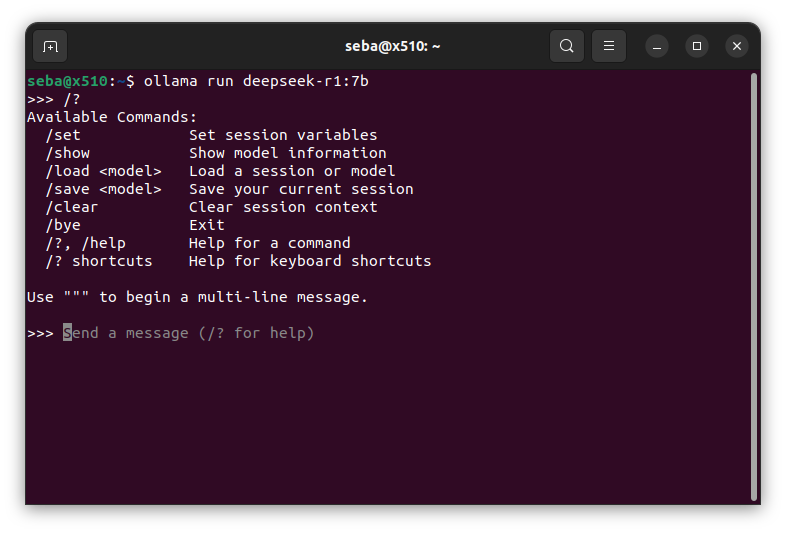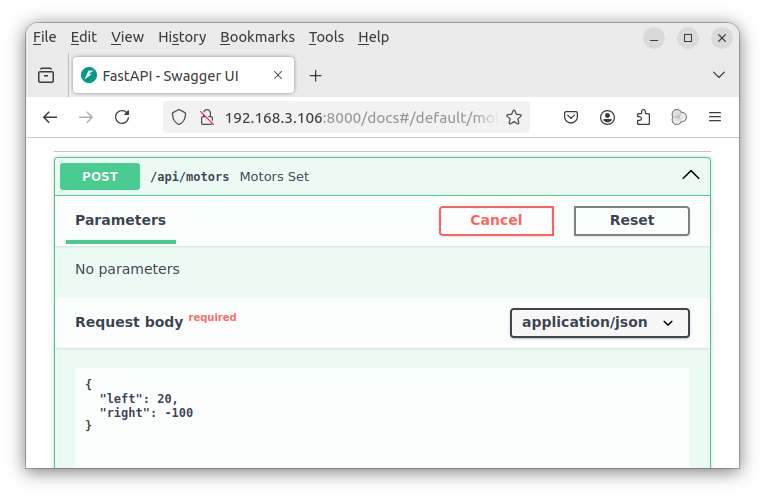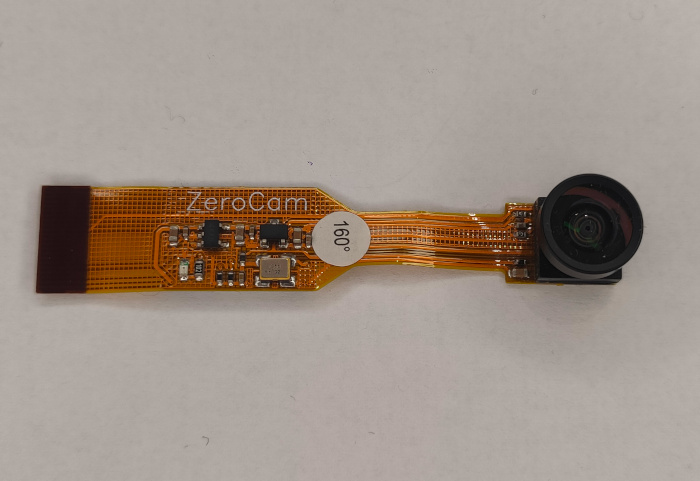
Docker and Docker Compose are powerful tools that allows you to package applications and their dependencies into lightweight, portable containers, making deployment fast and consistent across different environments. Below is a list of basic Docker commands that will help you get started and manage containers effectively.






